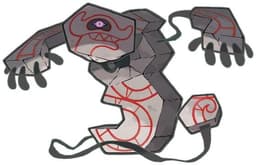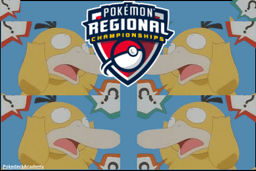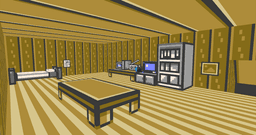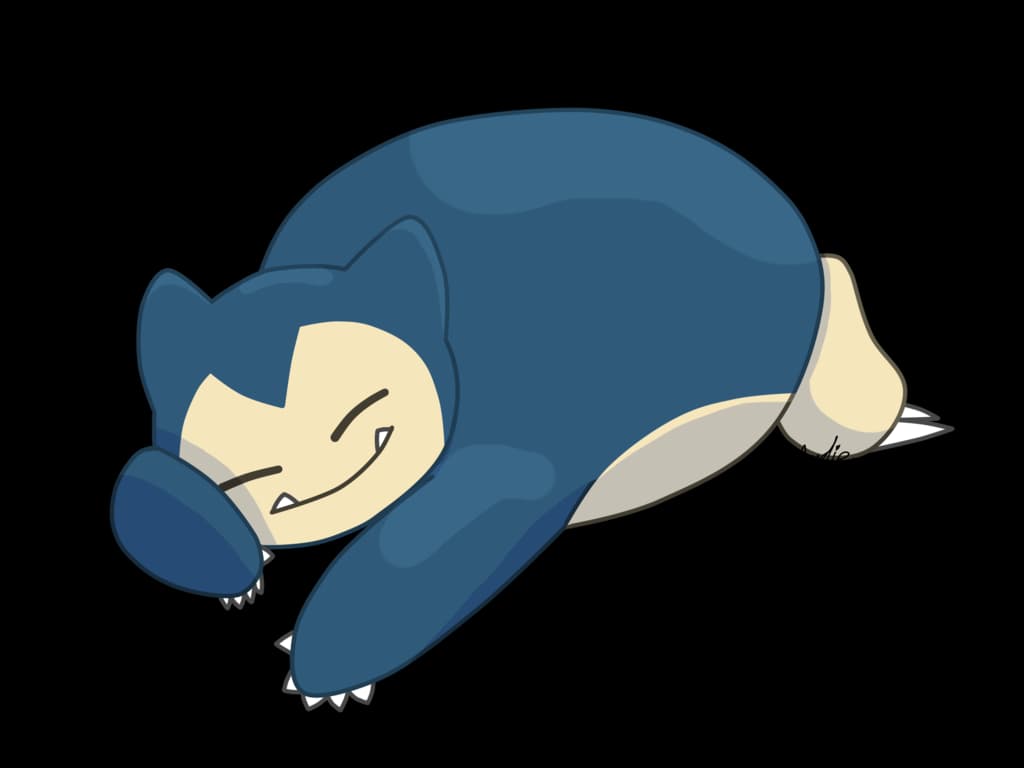


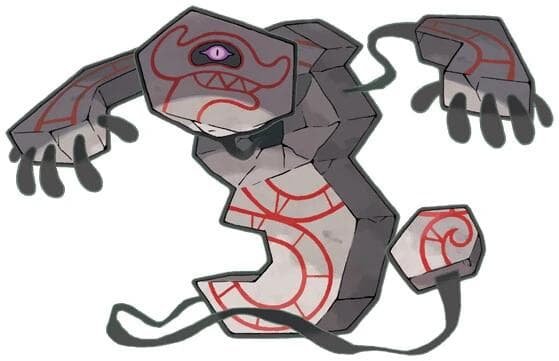
In recent years, The Pokémon Company has expanded its creativity, designing Pokémon inspired by real-world objects, including Runerigus, a Pokémon influenced by ancient Viking burial headstones. During a conversation about Runerigus’s strange design, I decided to dig deeper into its backstory. After researching various sources, I discovered that Runerigus is likely based on Viking gravestones found throughout the Nordic countries and England.
If you love Pokémon and history, you're in for a treat! This post covers everything from Pokémon Sword and Shield's Galarian Yamask and Runerigus evolution to the Viking stones that influenced their design. We'll dive into Viking memorial stones, showcase two famous examples, and pinpoint which headstone Runerigus is based on in the game.
Runerigus is an exciting Ghost/Ground-type Pokémon, resembling a broken stone tablet with eerie markings (modeled after a Viking burial headstone). It's a fantastic pick for battles thanks to its Wandering Spirit ability, swapping powers with opponents and keeping them on their toes. Runerigus's haunting design and backstory add layers of intrigue, making it a top choice for history buffs and gamers alike. Plus, its evolution from Galarian Yamask is unique and full of surprises, setting it apart from traditional Pokémon evolutions.
Runerigus’s evolution is no ordinary process. To evolve Galarian Yamask, your Pokémon must lose a significant amount of health, then journey to a specific location within the Dusty Bowl of Pokémon Sword and Shield. When the conditions are right, the ancient curse activates, and your Yamask transforms into the fearsome Runerigus. With its high defense stats, Runerigus is great at protecting itself and frustrating opponents.
Viking headstones, known for their intricate designs and historical importance, were often created for significant individuals in Viking society. During the Viking Age (800–1100 CE), these stones depicted powerful mythological scenes, including gods like Thor and Odin, serpents, and other symbolic images. Such connections make Runerigus an ideal homage to these artifacts. If you're intrigued by Viking history, visiting these historical landmarks in Sweden, Norway, or Denmark provides a glimpse into the life and beliefs of the Vikings.
Two standout Viking headstones are the Jelling Stones in Denmark and the Rök Stone in Sweden. The Jelling Stones, erected by King Harald Bluetooth, are often referred to as “Denmark’s birth certificate,” commemorating the king's unification of Denmark and conversion to Christianity. The Rök Stone, known for its long runic inscriptions, tells epic tales of Norse gods and heroes. Visiting these stones gives history enthusiasts a unique opportunity to walk in the footsteps of Vikings.
Runerigus’s design draws heavily from Norse mythology, particularly the image of Jörmungandr, the World Serpent. This legendary creature, destined to battle Thor during Ragnarok, fits perfectly into Runerigus’s eerie stone form, which mirrors the serpent motifs seen on Viking runestones. The blend of ghostly curses and ancient myths creates a captivating design, linking Pokémon with rich Viking traditions and storytelling.
